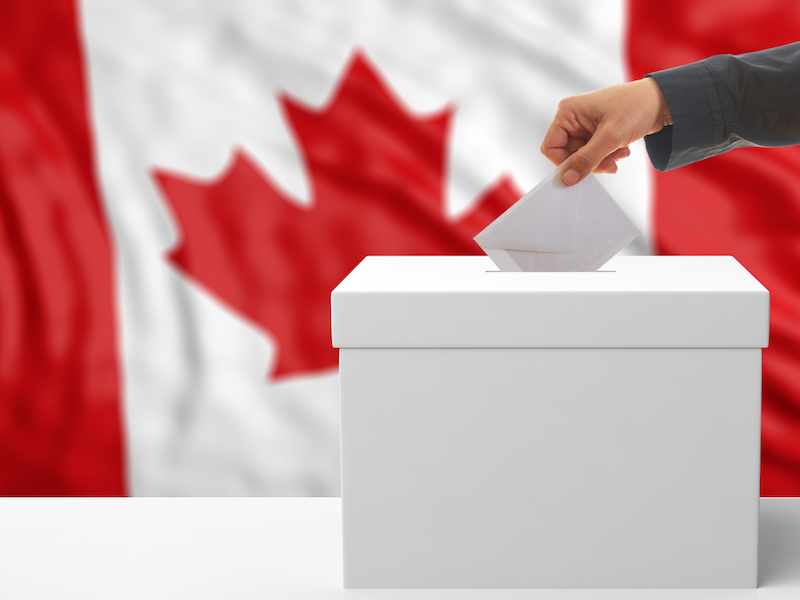
This has been one weird election campaign.
What was supposed to be a Liberal cakewalk to a majority in the House of Commons fell flat in less than a week. Some of the reasons may have been the sudden fall of Afghanistan and rapid acceleration of a fourth wave of Covid-19 and the Delta variant.
But coming out of the gate, Prime Minister Justin Trudeau was clearly off his game. He looked tired, angry and nothing like the “sunny ways” candidate he was in the 2015 or 2019 campaigns.
By week two, a Conservative victory became more realistic.
Erin O’Toole, the Conservative leader Canadians didn’t seem to know, became the “sunny ways” candidate. Surprisingly likeable, O’Toole pitched a more centrist and welcoming Conservative party. And he showed us in a clever photo-op that he likes puppies.
Trudeau and his handlers were distracted enough to allow the campaign to become a referendum on whether an election is justifiable during a pandemic. O’Toole can thank NDP leader Jagmeet Singh for that.
Bruce Carson, a Conservative backroom veteran who worked for Brian Mulroney and Stephen Harper, may have nailed the Liberals’ problem: they didn’t make their campaign about anything beyond their past record (and the fact that they wanted a majority), Carson wrote in his newsletter to clients.
The Liberals have what is known in the advertising industry as brand fog. Consumers — voters — aren’t sure how a Liberal victory would benefit them.
But the campaign ain’t over yet.
Since the middle of week three, the Conservatives seem to be stuck in the polls at a point and a half ahead of the Liberals. Normally, a party destined to win would be accelerating at this point. Instead, they are in what really is a statistical tie.
And at the end of week two in Bolton, Ont., a Trudeau rally was cancelled because a crowd of anti-vaccine activists shouting obscenities and racist taunts was deemed a security threat.
Ironically, the anti-vaxxers may have thrown Trudeau a lifeline. They did two things Trudeau was unable to do: they changed the channel on the issue of an unnecessary election, and handed the Liberals a wedge issue.
O’Toole went into the campaign urging Canadians to get vaccinated while reminding us he respected their rights to refuse — a straddle play worthy of William Lyon Mackenzie King’s “conscription if necessary but not necessarily conscription.’’
Meantime, anti-vaxxers have been picketing hospitals, blocking ambulances and harassing health-care workers in several cities. Trudeau is going into the TV debates accusing O’Toole of being soft on a group that is a threat to public health.
In addition, O’Toole has made a mess of the gun control issue by flip-flopping to the point of contradicting his own platform. O’Toole appears to have forgotten an important concept, first enunciated by Preston Manning, which has been in the Conservative playbook for 30 years: sword and shield issues.
The swords are tangible weaknesses on the other side you can use to smite your opponent repeatedly. Shield issues are your own weaknesses. Health care and gun control are historically Conservative shield issues — and you don’t let the other guy draw attention to those.
The Liberals have been looking for wedge issues to separate moderate Conservatives from the hard-liners. On Labour Day, Trudeau accused O’Toole of pandering to the gun lobby, tacitly supporting racist and creepy anti-vaxxers, and displaying weak leadership.
O’Toole has condemned the harassment and protests at Trudeau events.
This late in the campaign, there is no point analyzing Liberal strategy. It is now all tactics — ugly ones that just might work.
This campaign is way too close to call. This week’s debates may or may not change that.
Some cakewalk.